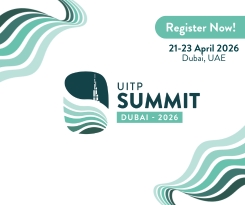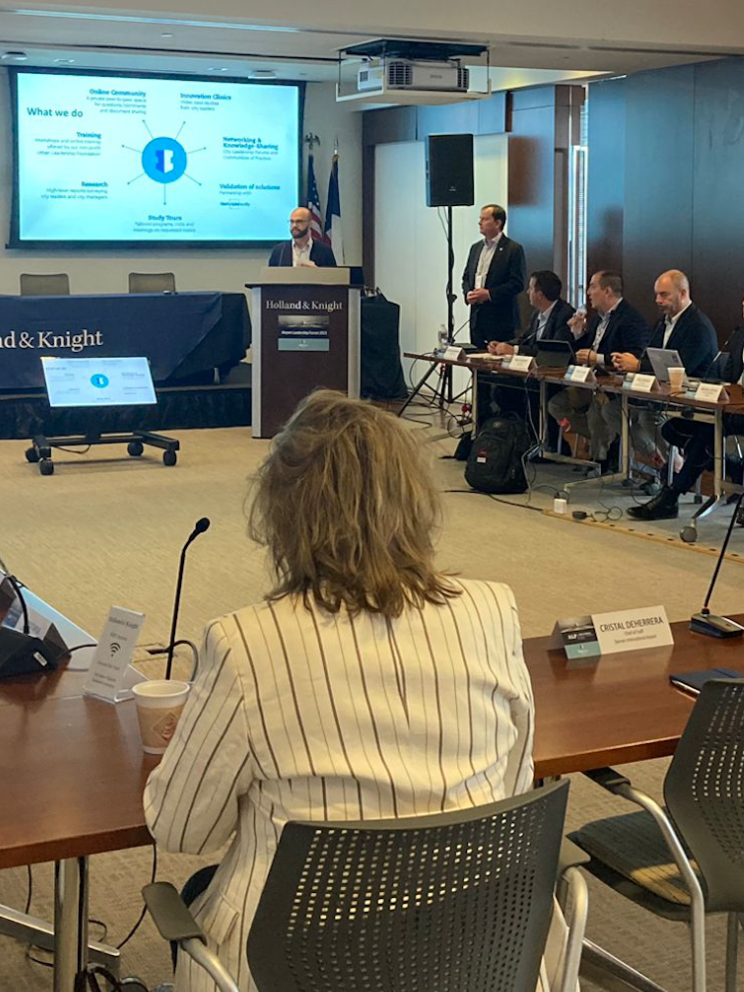
Europe’s new procurement platform sets stage for city-level access
01 July 2025
by Jonathan Andrews
Europe’s sprawling public procurement ecosystem–valued at over €2.3 trillion annually–is undergoing a digital transformation that aims to standardise, open up, and future-proof how procurement data is shared and used.
At the heart of this shift is the European Public Procurement Data Space (PPDS), presented during a recent webinar hosted by data.europa.eu. While the initiative currently focuses on national and EU-level buyers, its open-source architecture and interoperable design mean that in the near future, cities and local governments will also be able to plug in–accessing shared infrastructure, tools, and insights to better manage their own procurement strategies.
The PPDS will offer more than transparency but a new architecture for how cities can access, analyse and integrate procurement data across borders, systems and suppliers.
“In Europe, we have around 250,000 buyers,” said Marc Christopher Schmidt, Policy Lead at DG GROW. “Yet only 20 percent of procurement notices are available on the RED platform, because EU directives only mandate disclosure for procedures above certain value thresholds. The rest remains fragmented across Member States.”
The PPDS aims to close this gap by aggregating data from both high-value and below-threshold procedures via direct connections with Member States. It already includes data from Germany, Austria, Finland and Norway, with Italy, Portugal, Latvia and others joining soon through the EU’s Technical Support Instrument.
Key policy goals include improving procurement monitoring, enhancing data quality, reinforcing transparency, and increasing competition.
“Over the past decade, competition in public procurement has declined. Better data can help reverse that trend,” Schmidt noted.
From an architectural perspective, the PPDS is built on principles that resonate with city innovation offices. David Lucas, IT Project Manager at DG GROW, highlighted the project’s commitment to interoperability, open source, and vendor neutrality.
“We deliberately avoided vendor lock-in,” said Lucas. “Our architecture is cloud-agnostic, allowing public bodies to move freely between infrastructures. That’s key in today’s geopolitical context and aligns with the Interoperable Europe Act and the Data Governance Act.”
The semantic engine of the platform is the eProcurement Ontology (ePO), led by Natalie Muric from the Publications Office of the EU. The ontology provides a common vocabulary for procurement across the full lifecycle–notifications, awarding, invoicing, and fulfilment.
“Previously, every project had its own definitions. Now, with ePO, we offer a shared structure that is both machine and human readable,” Muric said.
The ontology allows for data to be linked across systems, enabling future applications like tracking invoice payments against contracts or building AI tools with trusted procurement data.
For those managing procurement systems in cities, the PPDS also offers practical tools: dashboards for monitoring market activity, measuring data quality, and tracking green, social and innovation-oriented procurement.
Crucially, the platform’s rulebook–explained by Knowledge Graph Consultant Ivo Velitchkov–governs data quality, reconciliation, and semantic consistency. “Rules are transformed into executable code and embedded in the knowledge graph,” he said. “This ensures performance and compliance.”
While not yet fully federated due to technical constraints, the PPDS team plans to evolve toward a more distributed architecture as Member States mature their own capabilities.
As Lucas concluded: “This isn’t just about publishing open data. It’s about building a trusted, reusable digital infrastructure that public sector leaders across Europe can rely on.”
Image: Yuttana Taonok | Dreamstime.com









